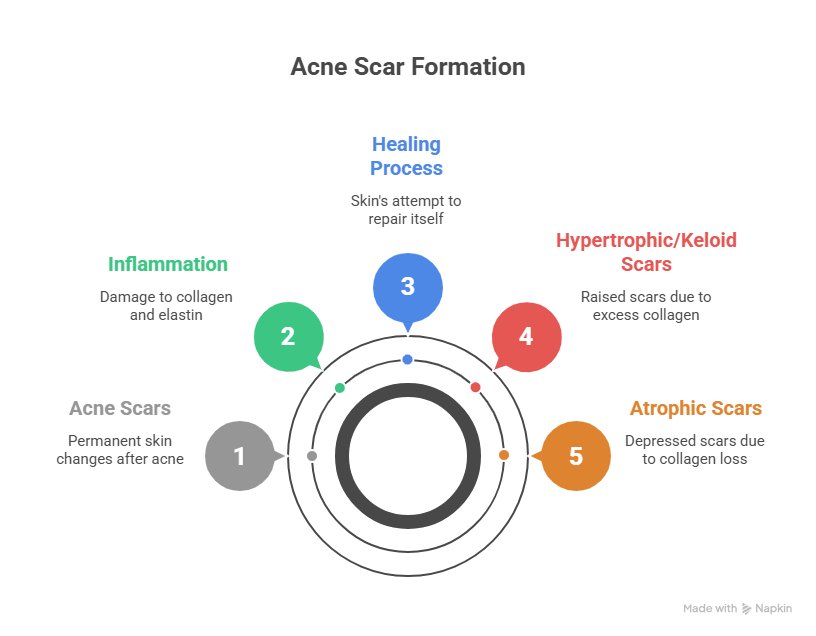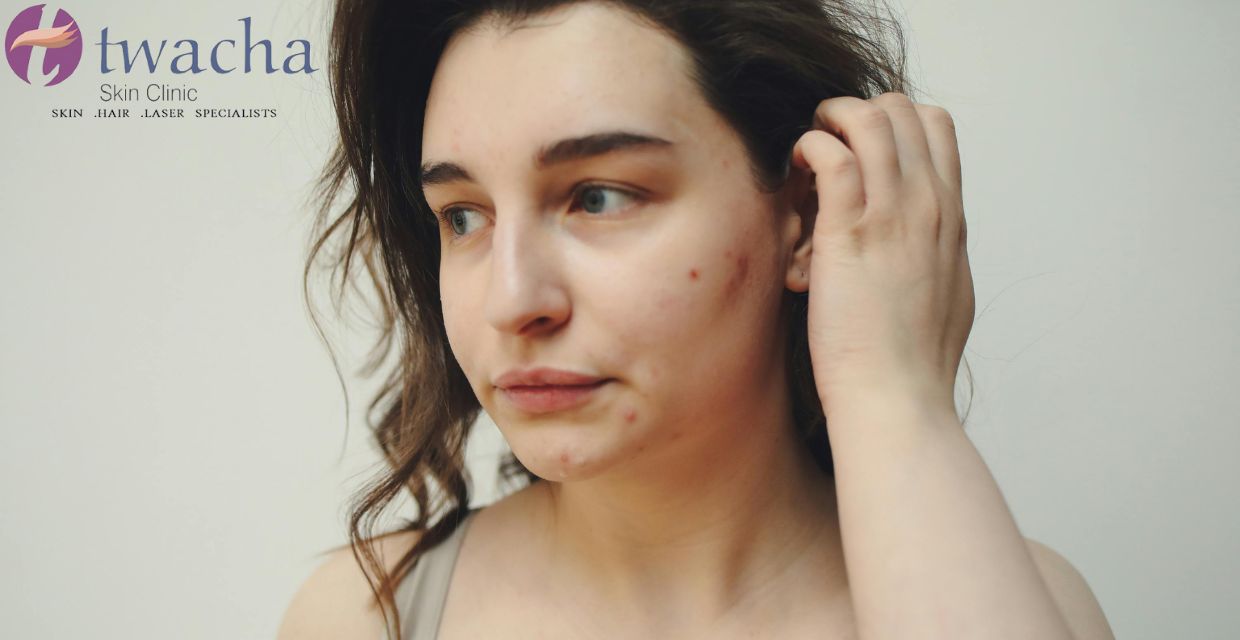You’re looking for ways to address those stubborn acne scars, hoping to find natural solutions that show results quickly, perhaps even in a week. While the phrase “in a week” for deep-seated acne scars can be a bit ambitious for natural remedies, especially if we’re talking about permanent removal, there are certainly many effective ways to improve their appearance and promote healthier skin right from your home. We’ll explore how to remove acne scars naturally, and also discuss when professional Acne scar treatment in Delhi might be your best bet for more significant improvements. Let’s dive in!
Understanding Acne Scars: More Than Just a Fading Memory

Before we jump into the solutions, it’s crucial to understand what acne scars are and why they form. They’re not just remnants of old pimples; they’re essentially permanent textural changes to your skin that occur after severe or inflamed acne lesions heal.
Here’s a breakdown of how and why they form:
- Inflammation is the Culprit: When a pimple becomes inflamed (think red, swollen, painful), it signifies damage to the skin’s collagen and elastin fibers. The deeper the inflammation, the higher the risk of scarring.
- Healing Gone Wrong: After the inflammation subsides, your skin attempts to heal itself. This healing process can sometimes go awry.
- Excess Collagen (Hypertrophic/Keloid Scars): Sometimes, the skin produces too much collagen during healing, leading to raised, firm scars. Hypertrophic scars are confined to the original wound area, while keloid scars grow beyond it.
- Loss of Collagen (Atrophic Scars): More commonly, acne leads to a loss of tissue, creating depressions in the skin. These are known as atrophic scars and come in a few types:
- Ice Pick Scars: Small, deep, and narrow indentations that resemble punctures from an ice pick. They are often difficult to treat due to their depth.
- Boxcar Scars: Wider, U-shaped depressions with sharp, defined edges, similar to chickenpox scars.
- Rolling Scars: Broad, shallow depressions that give the skin a wavy or “rolling” appearance. These are caused by damage to the underlying fat and fibrous tissue.
- Post-Inflammatory Hyperpigmentation (PIH): It’s important to differentiate true scars from PIH. PIH refers to the dark spots (red, brown, or purplish) left behind after a pimple heals. This is not a scar but rather a discoloration of the skin that will eventually fade over time, though it can take months or even years. Many natural remedies are excellent for PIH, but true textural scars are much more challenging.
Understanding the type of scar you have is important, as some natural remedies are better suited for PIH and minor textural irregularities, while others aim to encourage collagen remodeling for deeper scars. While aiming for how to remove acne scars naturally in a week is a hopeful goal, let’s set realistic expectations: natural remedies are fantastic for improving skin texture, fading discoloration, and preventing new scars, but deep, established scars often require more time and consistency.
Clear Acne Scars – Fast, Safe & Dermatologist Approved
Don’t wait weeks for results! Get advanced scar removal treatments from skin specialists and see visible improvements quickly and safely.
Book Your Acne Scar Consultation Now